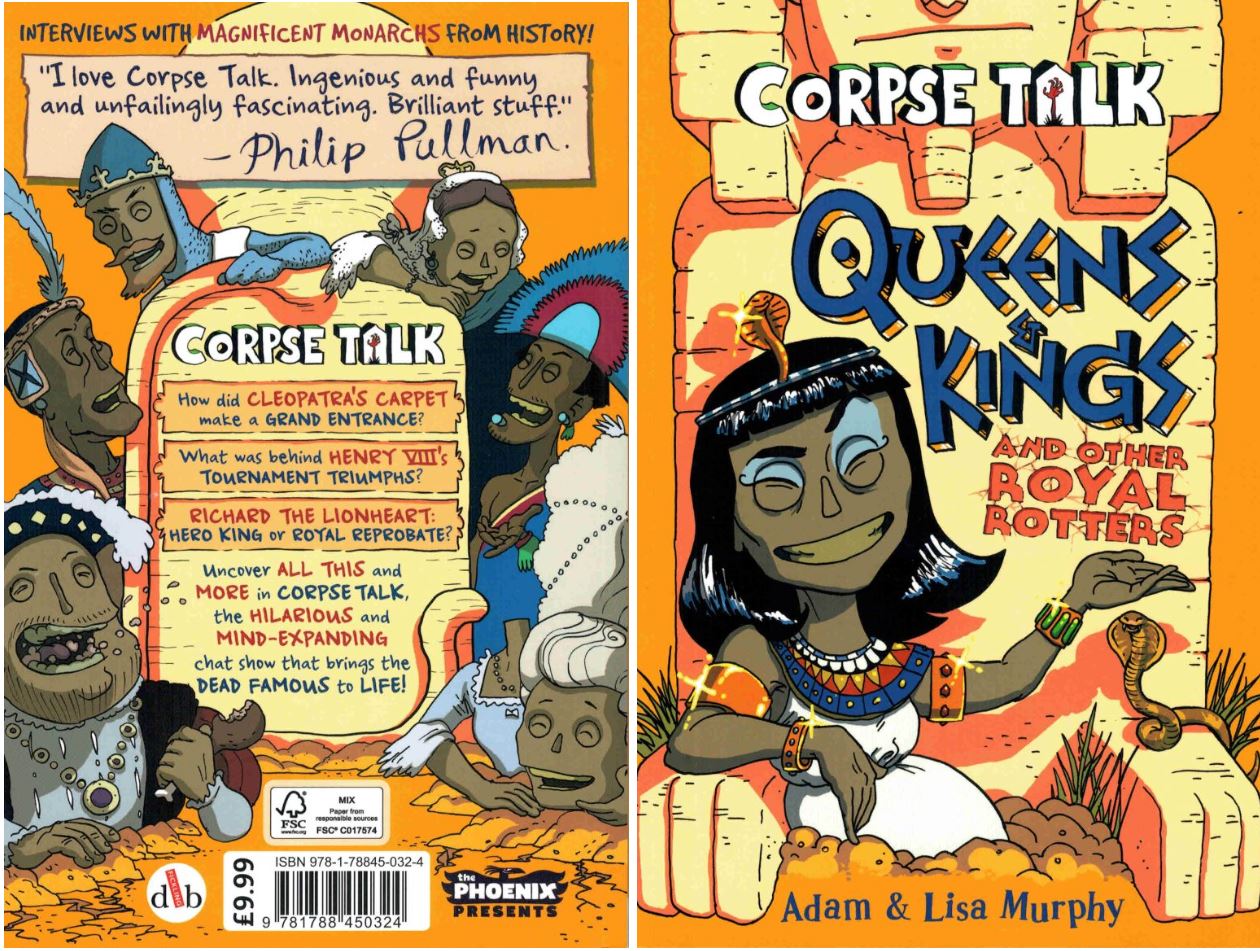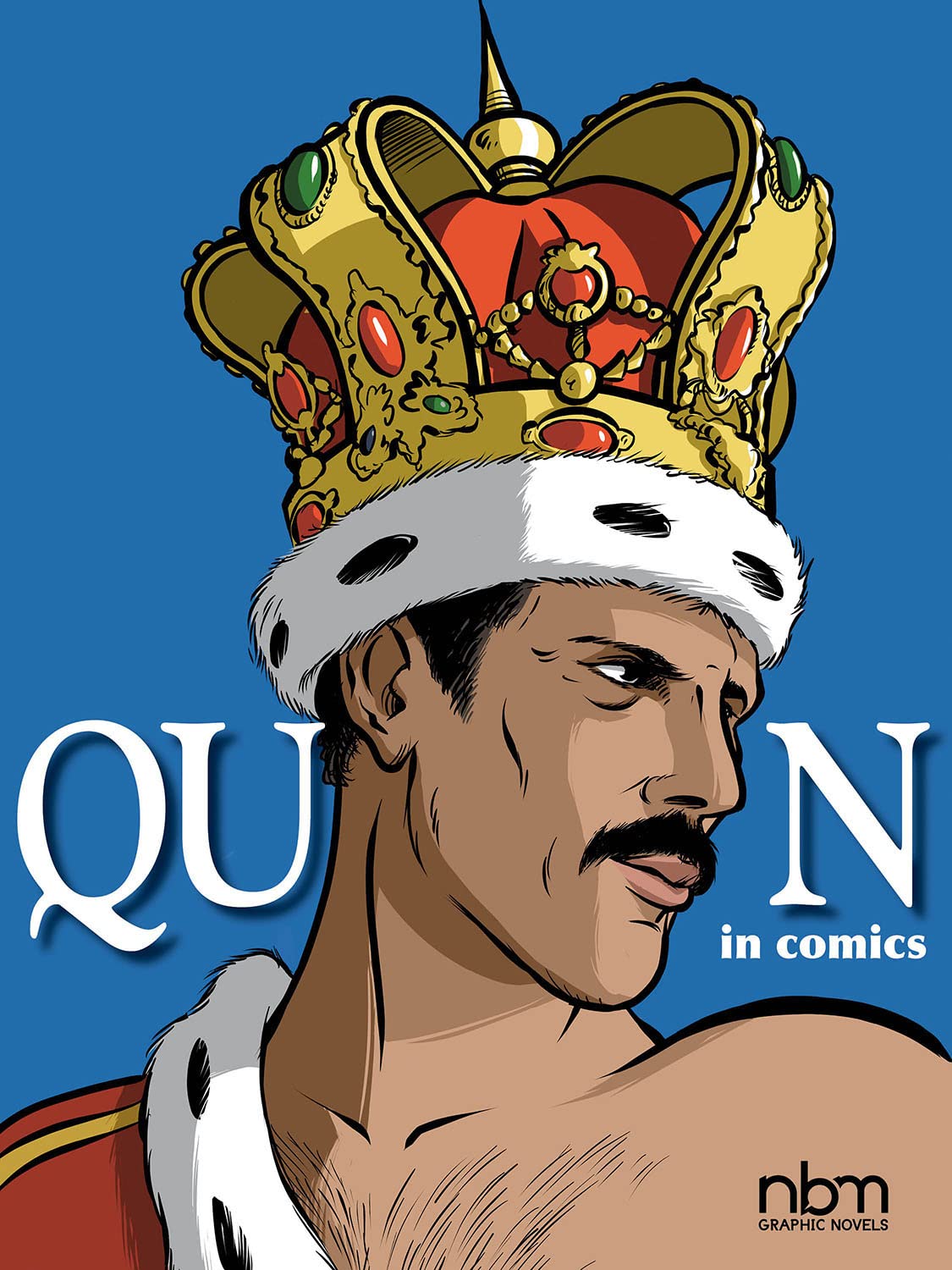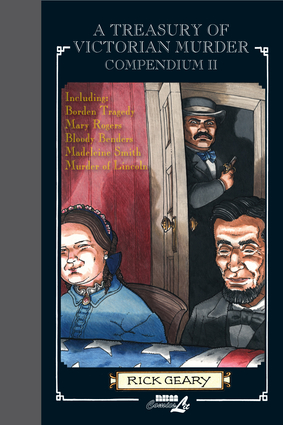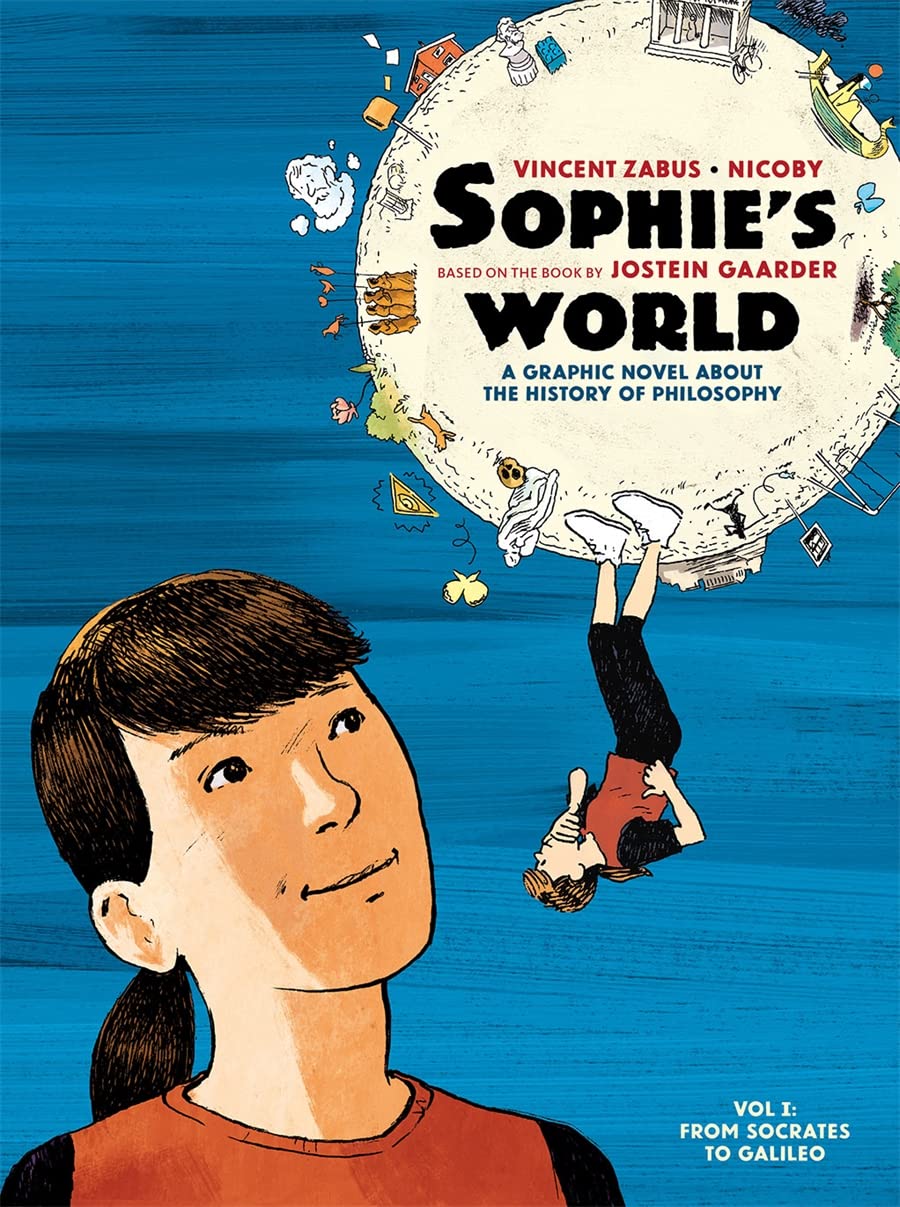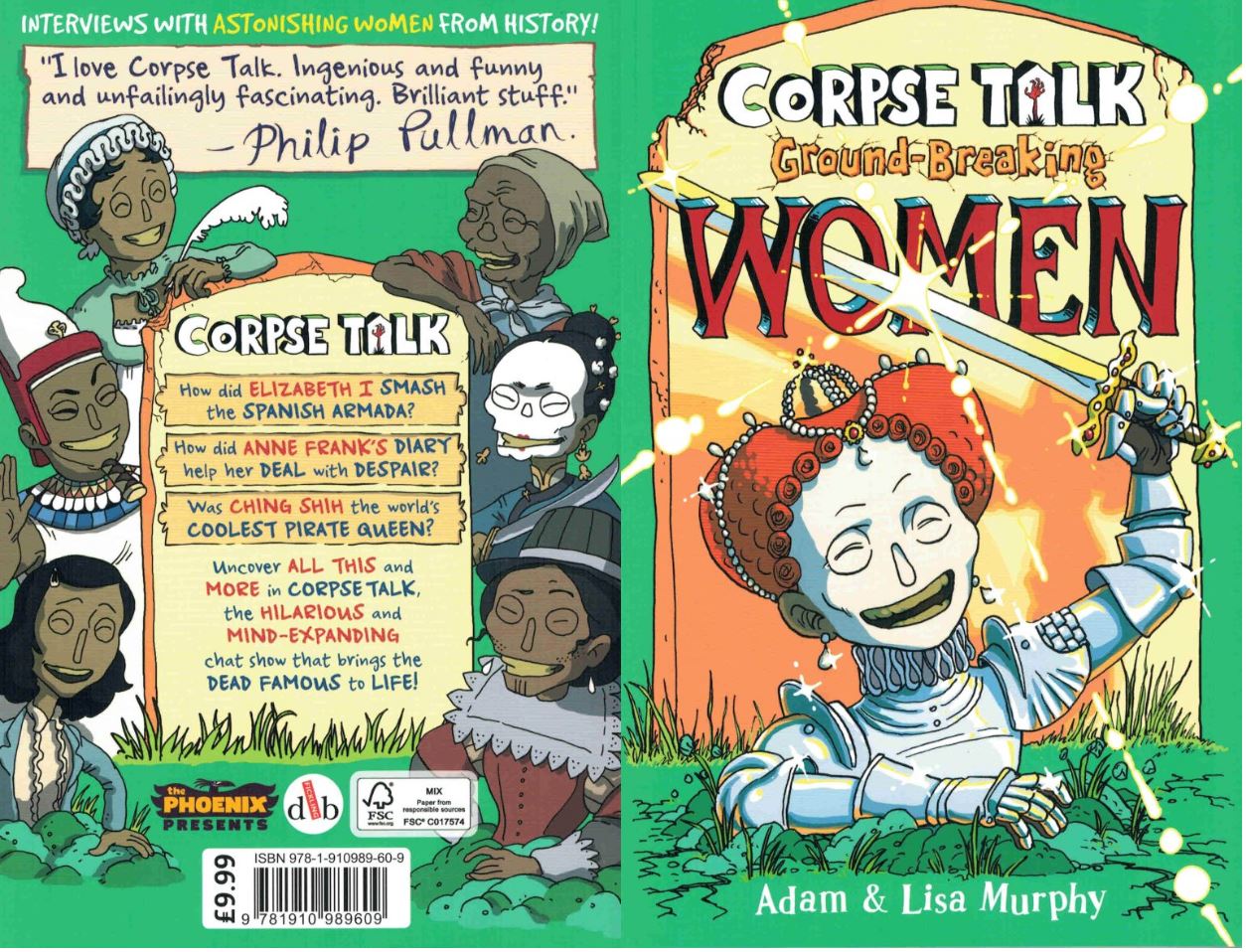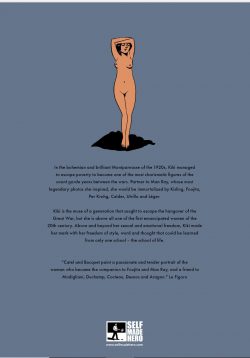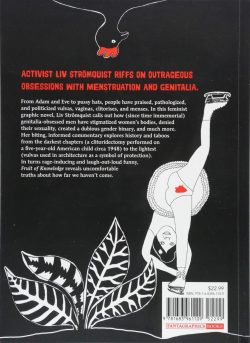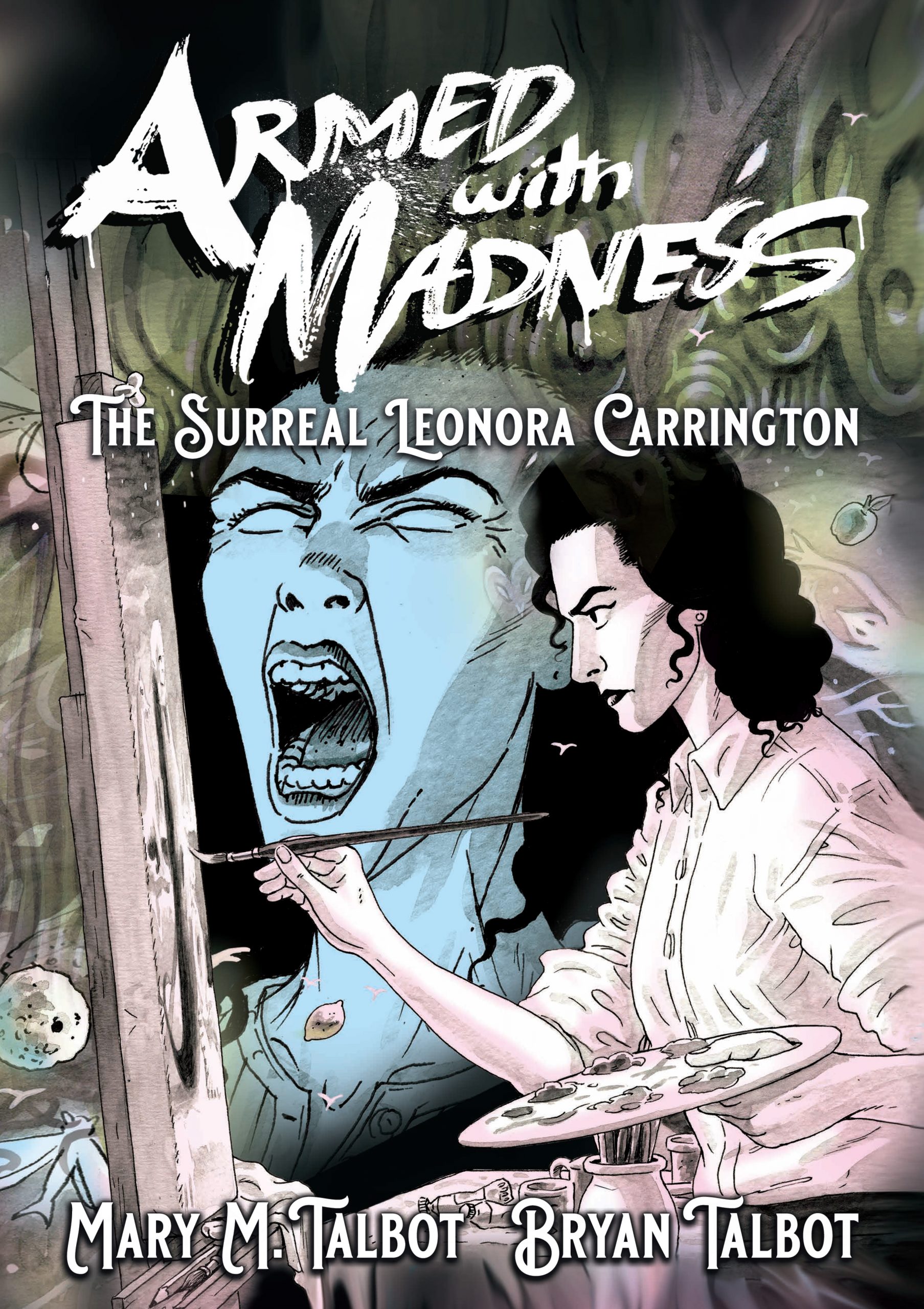
By Mary M. Talbot & Bryan Talbot (SelfMadeHero)
ISBN: 978-0-914224-12-6 (HB/Digital edition)
Mary Leonora Carrington overcame wealth, privilege, entrenched unwanted religion and the repressive straitjackets of her class and gender to follow a dream and be her own self. You may never have heard of her (but should have) and this sublime depiction exploration by Mary M. Talbot and spouse Bryan Talbot – focussing on her most troubled years and humanity’s darkest hours – offers compelling and beautiful arguments for why.
Dr. Mary is an academic, educator, linguist, social theoretician, author and specialist in Critical discourse analysis who in 2012 added graphic novelist to her portfolio of achievements: collaborating with her husband on Dotter of Her Father’s Eyes.
That award-winning memoir/biography of Lucia Joyce was followed by Sally Heathcote: Suffragette (drawn by Kate Charlesworth), The Red Virgin and the Vision of Utopia and Rain (both with Bryan), all supplementing a glittering educational career and such academic publications as Language and Gender: an Introduction and Fictions at Work: language and social practise in fiction. She is particularly drawn to true stories of gender bias and social injustice…
Bryan has been a fixture of the British comics scene since the late 1960s, moving from Tolkien-fandom to college strips, self-published underground classics like Brainstorm Comix (starring Chester P. Hackenbush – the Psychedelic Alchemist!), early Luther Arkwright and Frank Fazakerly, Space Ace of the Future to paid pro status with Nemesis The Warlock, Judge Dredd, Sláine, Ro-Busters and more in 2000 AD.
Inevitably headhunted by America, he worked on key mature-reading titles for DC Comics (Hellblazer, Shade the Changing Man, The Nazz, Batman: Legends of the Dark Knight, Fables, The Dead Boy Detectives and The Sandman) and was a key creative cog in short-lived shared-world project Tekno Comix, before settling into global acclaim via steady relationships with Dark Horse Comics and Jonathan Cape. These unions generated breakthrough masterpieces like The Tale of One Bad Rat and a remastered epic revival of The Adventures of Luther Arkwright.
Since then he’s been an independent Force To Be Reckoned With, doing just what he wants, promoting the art form in general and crafting a variety of fascinating and compelling works, from Alice in Sunderland and Cherubs! (with Mark Stafford), to Metronome (as Véronique Tanaka) and his fabulously wry, beguiling and gallic-ly anthropomorphic Grandville sequence, as well as his mostly biographical/historical collaborations with Mary…
In the interest of propriety, I must fully disclose that I’ve known him since the early 1980s, but other than that shameful lack of taste and judgement on his part, have no vested interest in confidently stating that he’s probably Britain’s greatest living graphic novelist…
Here their vast talents combine to capture and expose the early life of a woman driven by a need to create: a forgotten star who resisted powerful family pressure and rejected social conditioning to run away and become an artist. Her choices – or perhaps compulsion – led to pain, isolation, ostracization, desertion and mental illness, before her innate determination, tenacity and sheer will to overcome won her peace, security, success and the chance to make the world a different, better place for those that followed her…
Leonora Carrington was born on April 6th 1917, daughter of a wealthy northern textiles magnate who inherited control of ICI and moved in Royal circles. An imaginative, wilful child raised Roman Catholic, she loved animals, art and stories, particularly identifying with horses, and – when provoked – hyenas…
After continually frustrating her overbearing father (by – for example – sabotaging the local fox hunt), her education was shifted from private governesses to draconian Catholic boarding schools, two of which were compelled to expel despite all the cash Daddy lavished on them…
Her Irish mother was obsessed with introducing her at (Royal) Court, but Leonora wanted to make art and tell stories. Before long she was packed off to a Finishing School in Florence, affording the rebel with the unintended opportunity of seeing the landmarks of human artistic endeavour first hand.
Eventually, with mother playing peacemaker, Leonora was permitted to study painting, firstly at the Chelsea School of Art and then briefly with iconoclastic French modernist Amédée Ozenfant at his Ozenfant Academy of Fine Arts.
Wayward young Carrington had seen her first Surrealist painting in 1927 when she was only ten, and the event marked her deeply. Now able to access more of the works that set her soul afire, she put up with her mother’s ambitions for as long as possible before running away to Paris in 1937: beginning a turbulent affair with the leading light and conceptual leader of the movement. Max Ernest was old, fascinating, selfish, married and German…
Naturally, her father responded by cutting off if not outright disowning her, and an idyllic period – albeit punctuated by moments of violence and terror inflicted on Leonora by the frankly terrifying and justly furious Mrs Ernst – evolved into a retreat.
The “May/November” couple fled south to the rural solitude of Saint Martin d’Ardèche. Here, her writing and art grew wilder and more inspired, but also brought added tension and strain for both of them. Political infighting amongst the male-dominated Surrealist elite and increasing suspicion of the “kraut” Ernst by local neighbours ended the honeymoon period as clouds of war gathered over Europe.
Ultimately, he was arrested as an enemy alien. By the time his friends secured his release, the Nazis had invaded and Ernst was arrested again, this time by the Gestapo who targeted him for his “degenerate” art. On his second bout of freedom, Max bolted to America, supported by friends and eventual next wife millionairess Peggy Guggenheim…
Always nervous, prone to anxiety and now under enormous pressure, Leonora Carrington’s stability took ever-increasing hits as she dwelt alone in her lonely, rustic hostile environment. Upon at last escaping to Madrid with her friend Catherine Yarrow, Leonora arrived in the throes of a full-blown psychotic break and was left to the tender mercies of an asylum.
Here she endured tedium, repression, a brutal drug regimen and electroconvulsive therapy as well as regular sexual assault from her minders. Again controlled by her parents, she was eventually released into the care of a “minder” (these scenes are particularly harrowing – so be warned) preparatory to being bundled off to a sanatorium in distant South Africa.
Instead, she escaped and went to Portugal, linking up with Mexican consular official Renato Leduc. He agreed to a marriage of convenience and – before divorcing her in 1943 – moved her to the safety of his homeland. She thereafter made Mexico home for most of her life.
Many other creative refugees from Europe – especially many old Surrealist friends – had also migrated there and over the succeeding years Leonora prospered, finding acceptance and a new cause. After years of independence and street level activism for gender equality and personal freedom, in the 1970 she co-founded Mexico’s Women’s Liberation Movement. She reunited with old friend and artistic soul mate Remedios Varo who introduced her to her second and last husband. Hungarian photographer/physician Emerico “Chiki” Weisz was her partner in art and practical jokes until his death in 1997.
They had two kids and Leonora grew in stature: making wild and marvellous paintings, murals and sculptures, publishing ten books, starring in numerous gallery and museum shows, confronting Mexico’s totalitarian rulers in the 1960s and always shaping thought and attitudes of, to and about women. She died on May 25th 2011 aged 94, another beloved and revered artistic icon of Mexico who lived life her own way on her own terms.
This epic of creative struggle comes with a full Bibliography and a scrupulously meticulous Notes section, explaining unfamiliar moments or terms and sharing times when the demands of drama superseded the tedious truth of simple documentary fact…
Compellingly scripted with a fine eye for elucidatory minutiae, visually Mary Talbot’s carefully overlaid, chronologically unmoored events ranging from gentle reportage of consensual reality to shocking interpretations of her delusions are realised in soft monochrome tones, interspersed with fiercely dynamic blasts of colour. The technique allows us to share her perpetually overlapping worlds, vacillating visions and hallucinations in a history drenched in narrative symbolism and – naturally – surreal visitations.
Powerful, enraging and uplifting, this mesmerising introduction to yet another forgotten woman of achievement is a sheer delight and will definitely compel all readers to look for more…
Text © 2023 Mary M Talbot. Illustrations © 2023 Bryan Talbot. All rights reserved.

